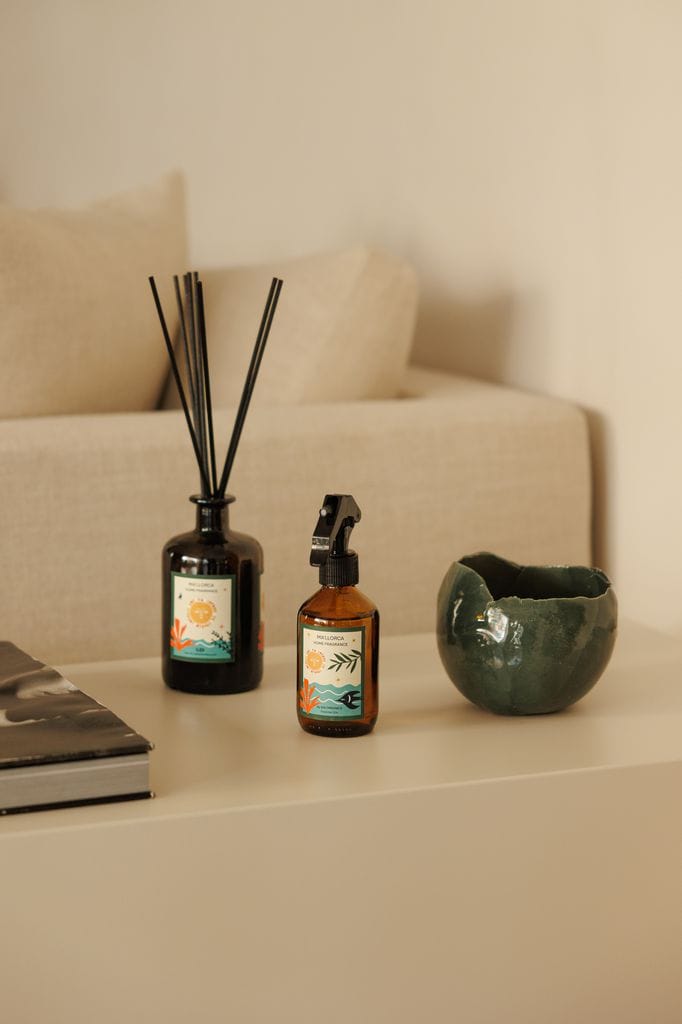A multi-sensory design
They are not seen, but they are felt: what are the best ways to integrate tactile, olfactory and even sound stimuli into interior design? And neuroarchitecture advocates enhancing all our senses.
The olfactory bulb is the most powerful gland we have in our body, and it is capable of taking you in split seconds to places that you don’t even remember, so introduce aromas in space is a very simple and at the same time very powerful tool to transform the spatial experienceFor example, soft and natural fragrances such as lavender or citrus stimulate calm and mental clarity.
Sound greatly influences the feeling of well-being. All cultures, throughout history, from the most primitive to the present day, have used sound patterns as a healing tool, and also understood it as a way of communicating. Introducing background music or subtle sounds into a space, such as the noise of water or nature, is something that can positively change our sensations and emotions.. For example, the sound of sea waves is one of the most pleasant, since each wave has a different sound, so that the brain, which loves to guess, completes the final sound sequence.
Finally, regarding touch, use materials that are soft and naturalsuch as wool rugs or linen or cotton cushions, They create a feeling of warmth and security that makes us feel that connection with nature..

